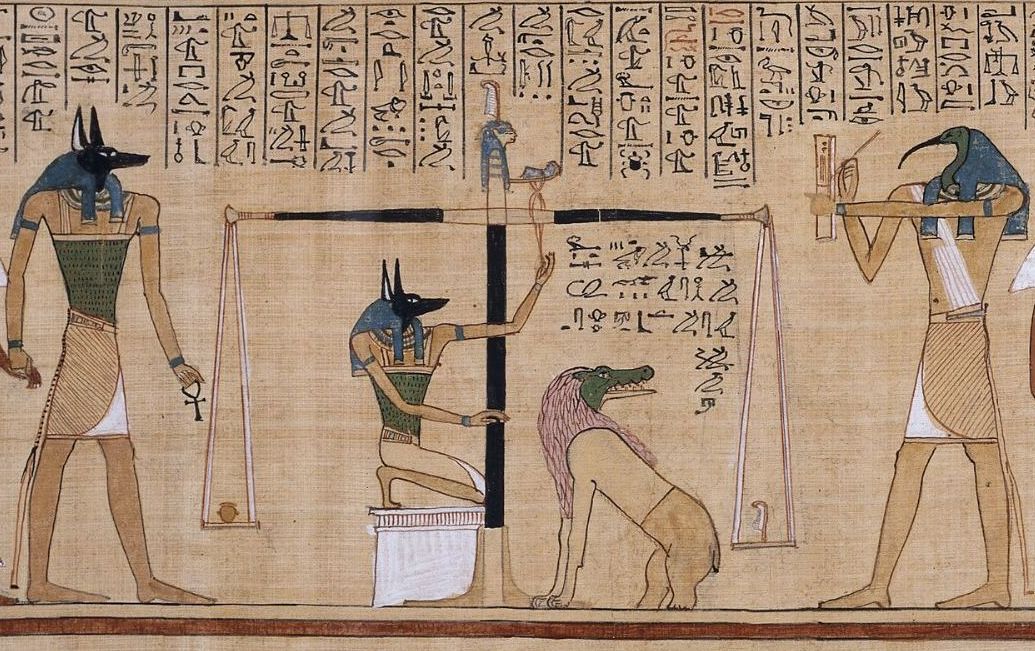Exploring Death in Spirituality and Paganism: A Journey Through Various Forms of Afterlife Beliefs
Introduction
Death, the inevitable conclusion to every human existence, has been a subject of contemplation, fear, and curiosity for millennia. Across cultures and spiritual traditions, the concept of what happens after death varies widely. In the realm of spirituality and paganism, diverse beliefs about the afterlife offer a unique perspective on the journey beyond mortality. This article delves into the multifaceted nature of death within these frameworks, shedding light on the fascinating and often mysterious visions of the afterlife.
Death in Paganism: An Eclectic Tapestry
Paganism, with its rich tapestry of beliefs and practices, encompasses a wide range of afterlife concepts. One of the common threads among pagan traditions is the cyclical nature of existence. Many pagans believe in reincarnation, where the soul passes through a series of lives to learn and evolve. This idea, prevalent in various pagan paths, emphasizes the interconnectedness of all life forms and the ongoing pursuit of spiritual growth.
In Norse paganism, the concept of Valhalla and Hel are prominent. Valhalla, a majestic hall where fallen warriors are taken by the valkyries, represents a heroic afterlife of feasting and battle. On the other hand, Hel is a realm associated with a more tranquil existence for those who did not die in combat. These differing destinations mirror the complexity of life and death in the Norse tradition.
Celtic paganism also offers a unique perspective. The belief in the Otherworld, a mystical realm existing parallel to our own, is a recurring theme. This realm is often associated with fairies, ancestors, and deities. The Celts viewed death as a passage into this Otherworld, where the soul continues its journey, guided by the spirits of the departed.
Spirituality's Quest for Liberation
Spirituality, with its focus on personal growth, inner transformation, and connection to a higher power, presents a diverse range of views on the afterlife. Eastern spiritual traditions such as Hinduism and Buddhism emphasize the concept of karma and reincarnation. In Hinduism, the soul (atman) undergoes a series of births and deaths until it achieves liberation (moksha) and reunites with the divine (Brahman).
Buddhism, while also rooted in the cycle of birth, death, and rebirth, seeks to break the cycle through enlightenment (nirvana). This liberation from suffering and desire is the ultimate goal, leading the individual towards a state of eternal bliss beyond the cycle of reincarnation.
In contrast, Western spiritual traditions like Christian mysticism often focus on the union of the soul with the divine. The concept of heaven and hell is prevalent, where virtuous souls are rewarded with eternal paradise, while those who stray from righteousness face eternal damnation. Mystical experiences and communion with the divine are central to these traditions, offering a glimpse into a transcendent afterlife.
Beyond Dualities: Non-Dualistic Views
Non-dualistic spiritual philosophies challenge conventional notions of the afterlife. Advaita Vedanta, a Hindu philosophy, emphasizes the oneness of the individual soul (Atman) with the ultimate reality (Brahman). In this view, the cycle of birth and death is an illusion, and true liberation is achieved by realizing the underlying unity of all existence.
Similarly, in certain pagan paths and modern spiritual movements, a belief in interconnectedness and unity transcends the limitations of a traditional afterlife. Some practitioners embrace the idea that the afterlife is not a fixed destination, but rather a continuation of the cosmic dance of existence.
Conclusion
The diverse array of afterlife beliefs in spirituality and paganism reflects the complexity of human thought and our quest to understand the mysteries of death and existence. From cycles of reincarnation to realms of heroes, from transcendental union to non-dualistic unity, each perspective offers a unique lens through which to explore the nature of life beyond the mortal coil. While these beliefs may differ, they all share a common thread: the yearning for meaning, connection, and transformation in the face of mortality. As we continue to seek answers about what lies beyond, the rich tapestry of afterlife beliefs in spirituality and paganism reminds us of the enduring human need to explore the mysteries that lie beyond the threshold of death.


_by_Max_Br%C3%BCckner.jpg)
.jpg)



Comments
Post a Comment